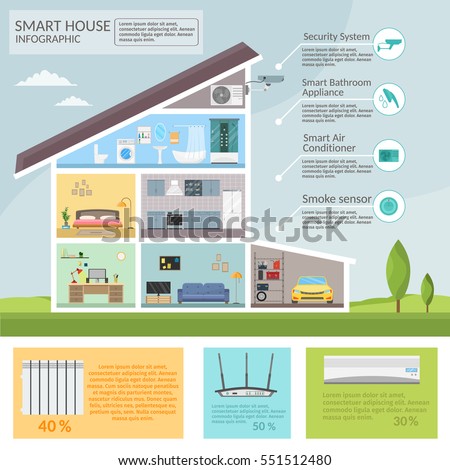The Ultimate Guide To Understanding Heat Pumps - Just How Do They Work?
The Ultimate Guide To Understanding Heat Pumps - Just How Do They Work?
Blog Article
Write-Up Written By-Neergaard Bland
The most effective heatpump can save you substantial amounts of money on energy bills. They can also help in reducing greenhouse gas discharges, particularly if you utilize power instead of fossil fuels like gas and heating oil or electric-resistance furnaces.
Heatpump work significantly the same as a/c unit do. air conditioning repairs canterbury makes them a feasible alternative to standard electrical home heating systems.
How They Function
Heat pumps cool down homes in the summer and, with a little help from power or gas, they supply a few of your home's home heating in the winter months. They're an excellent alternative for individuals who want to reduce their use fossil fuels yet aren't ready to change their existing heater and a/c system.
They count on the physical truth that also in air that seems too cool, there's still energy existing: warm air is always moving, and it intends to relocate into cooler, lower-pressure settings like your home.
Many ENERGY STAR licensed heat pumps run at near to their heating or cooling capability throughout the majority of the year, lessening on/off cycling and conserving power. For the best efficiency, concentrate on systems with a high SEER and HSPF rating.
The Compressor
The heart of the heatpump is the compressor, which is likewise called an air compressor. This mechanical moving device utilizes possible power from power production to enhance the stress of a gas by minimizing its volume. airconditioner service is different from a pump because it only services gases and can not collaborate with liquids, as pumps do.
Climatic air gets in the compressor via an inlet valve. It circumnavigates vane-mounted arms with self-adjusting size that split the inside of the compressor, developing numerous cavities of varying dimension. The rotor's spin forces these dental caries to move in and out of phase with each other, pressing the air.
The compressor pulls in the low-temperature, high-pressure cooling agent vapor from the evaporator and compresses it into the warm, pressurized state of a gas. This process is repeated as required to provide home heating or cooling as called for. The compressor additionally has a desuperheater coil that recycles the waste warm and includes superheat to the cooling agent, altering it from its liquid to vapor state.
The Evaporator
The evaporator in heat pumps does the same point as it does in fridges and a/c unit, altering liquid refrigerant right into an aeriform vapor that removes warmth from the room. Heatpump systems would certainly not function without this essential piece of equipment.
This part of the system lies inside your home or structure in an indoor air handler, which can be either a ducted or ductless unit. It consists of an evaporator coil and the compressor that compresses the low-pressure vapor from the evaporator to high pressure gas.
Heat pumps absorb ambient warm from the air, and then use power to transfer that warmth to a home or service in home heating setting. That makes them a great deal much more energy reliable than electric heating systems or heating systems, and because they're using tidy power from the grid (and not burning fuel), they additionally generate far fewer emissions. That's why heatpump are such great environmental choices. (And also a massive reason why they're ending up being so prominent.).
The Thermostat.
Heat pumps are terrific choices for homes in cold environments, and you can utilize them in mix with standard duct-based systems and even go ductless. They're an excellent alternate to nonrenewable fuel source heater or standard electric furnaces, and they're a lot more lasting than oil, gas or nuclear HVAC tools.
Your thermostat is the most crucial component of your heatpump system, and it works very differently than a conventional thermostat. All mechanical thermostats (all non-electronic ones) job by using compounds that alter dimension with enhancing temperature, like coiled bimetallic strips or the broadening wax in a vehicle radiator valve.
These strips contain two various types of metal, and they're bolted together to form a bridge that finishes an electrical circuit attached to your HVAC system. As the strip obtains warmer, one side of the bridge expands faster than the other, which creates it to flex and signify that the heating system is required. When the heat pump remains in heating mode, the reversing valve reverses the flow of refrigerant, to ensure that the outside coil currently works as an evaporator and the interior cyndrical tube comes to be a condenser.